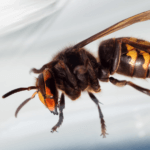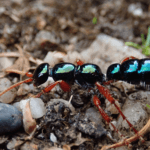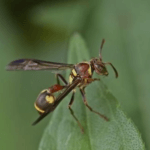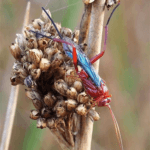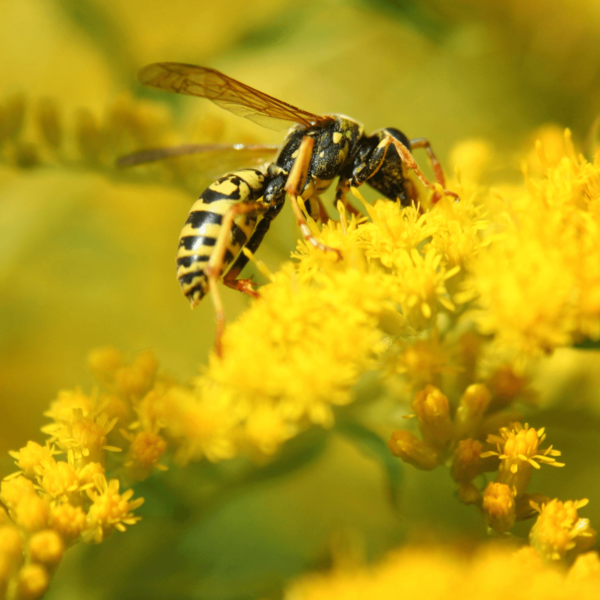
Unveiling the Common Wasp: Demystifying a Familiar Insect
In the vibrant tapestry of Australian biodiversity, the common wasp (Vespula Vulgaris) emerges as a familiar sight, its black and yellow striped body buzzing around gardens, picnics, and outdoor gatherings. While these insects can be perceived as a nuisance due to their occasional stinging behavior, they play a crucial role in maintaining the delicate balance of Australian ecosystems.
Social Nest Builders: Evolving Complex Societies
Unlike their solitary counterparts, such as the orchid dupe wasp, common wasps are social creatures, living in colonies that can number in the thousands. These colonies are matriarchal, with a single queen responsible for laying eggs, while the worker wasps diligently forage for food, construct the nest, and care for the young.
Common wasps are skilled nest builders, constructing intricate paper structures that often resemble upside-down umbrellas. The nest paper is made from a mixture of wood pulp, saliva, and other natural materials, creating a strong, durable material that protects the developing larvae and provides a safe haven for the colony.
Pollinators and Predators: Maintaining Ecosystem Balance
Common wasps are not just nest-building experts; they are also dedicated pollinators. Their bodies are covered with fine hairs that attract and hold pollen grains. As they flit from flower to flower, collecting nectar for their colony’s food supply, they inadvertently transfer pollen from one plant to another, enabling fertilization and the production of fruits and seeds.
In addition to their pollination services, common wasps play a vital role as predators of various insects, including caterpillars, flies, and other pests. Their powerful stings and sharp mandibles allow them to subdue their prey, which they then transport to the nest to feed the developing larvae.
Understanding Stinging Behavior: A Defensive Mechanism
While common wasps are generally not aggressive, they can sting if provoked or threatened. Their stings, while painful, are rarely life-threatening. It is important to remember that stinging is a defensive mechanism, a wasps’ way of protecting themselves and their colony.
To minimize the risk of encountering stinging wasps, it is advisable to avoid disturbing their nests, keep food and garbage containers sealed, and avoid wearing brightly colored clothing or using perfumes with strong floral scents.
Respecting Common Wasps: Appreciating Their Role
As we observe these familiar insects buzzing around our gardens and parks, let us remember that they play a valuable role in maintaining the health and balance of our ecosystems. They are tireless pollinators, helping to ensure the reproduction of countless plant species, and they are effective predators, keeping populations of other insects in check.
By understanding their behavior, taking precautions to avoid unnecessary encounters, and respecting their habitat, we can foster a harmonious coexistence with these fascinating creatures.
Our Pest Control Services: A Commitment to Safe and Effective Solutions
While common wasps generally pose no serious threat to humans, their occasional stinging incidents can raise concerns, particularly for those with allergies. At our pest control company, we are committed to providing safe, effective, and environmentally responsible pest control services that protect both our customers and the environment.
Our experienced technicians are trained to identify and handle common wasp nests and provide guidance on preventing future problems. We use only the latest, EPA-approved products and techniques to ensure the safety of our customers, their families, and their pets.
If you are concerned about common wasps or other pests in your home or business, please contact us for a free consultation. We will be happy to provide you with information about our services and answer any questions you may have.



